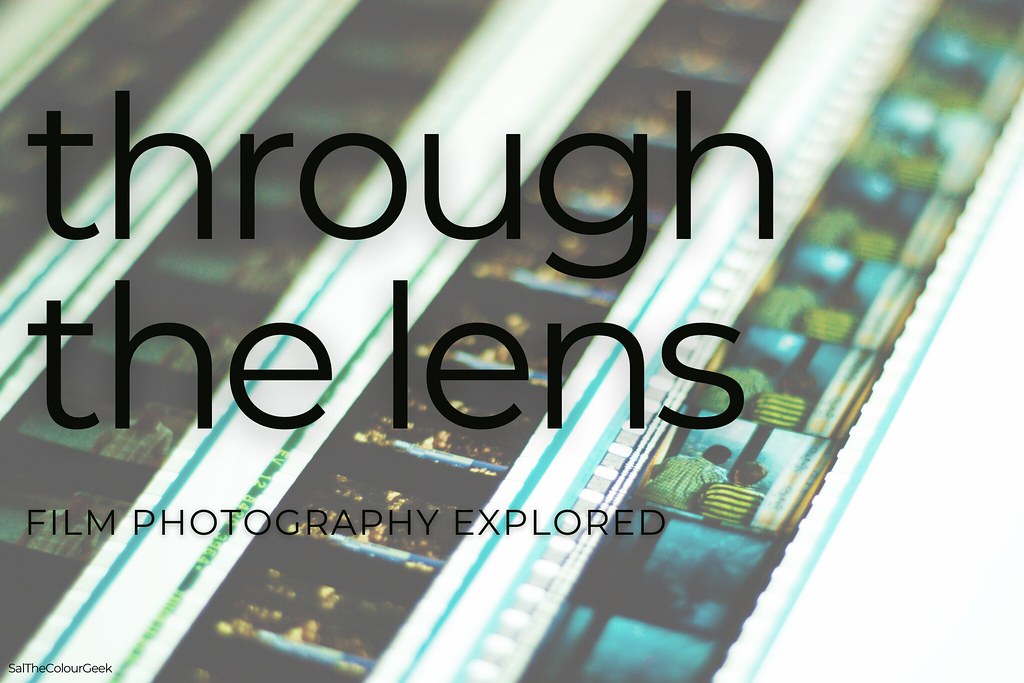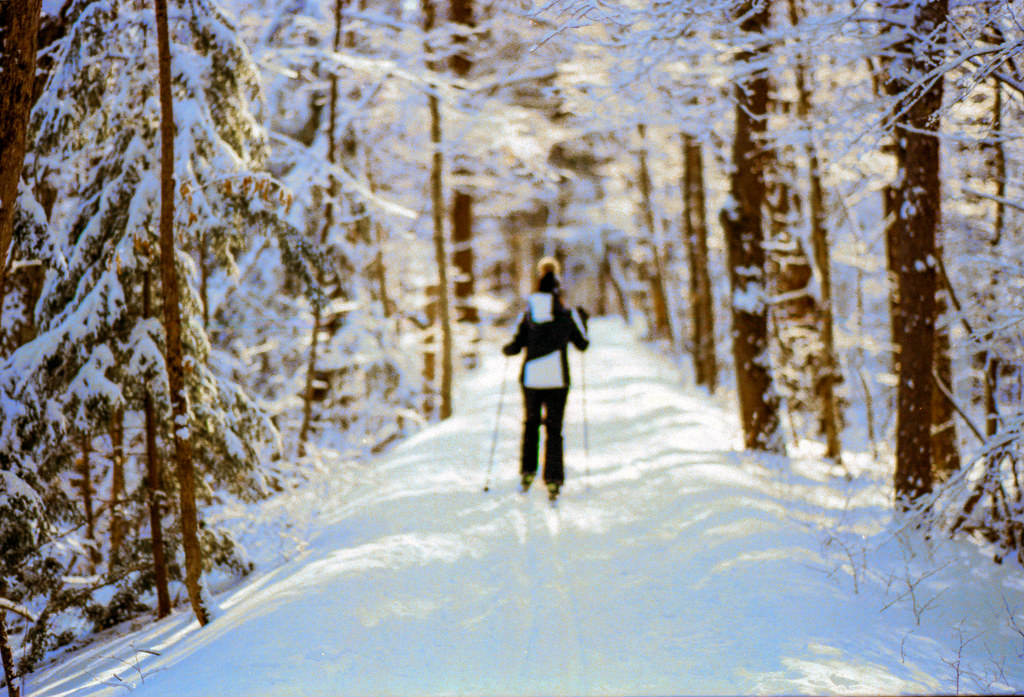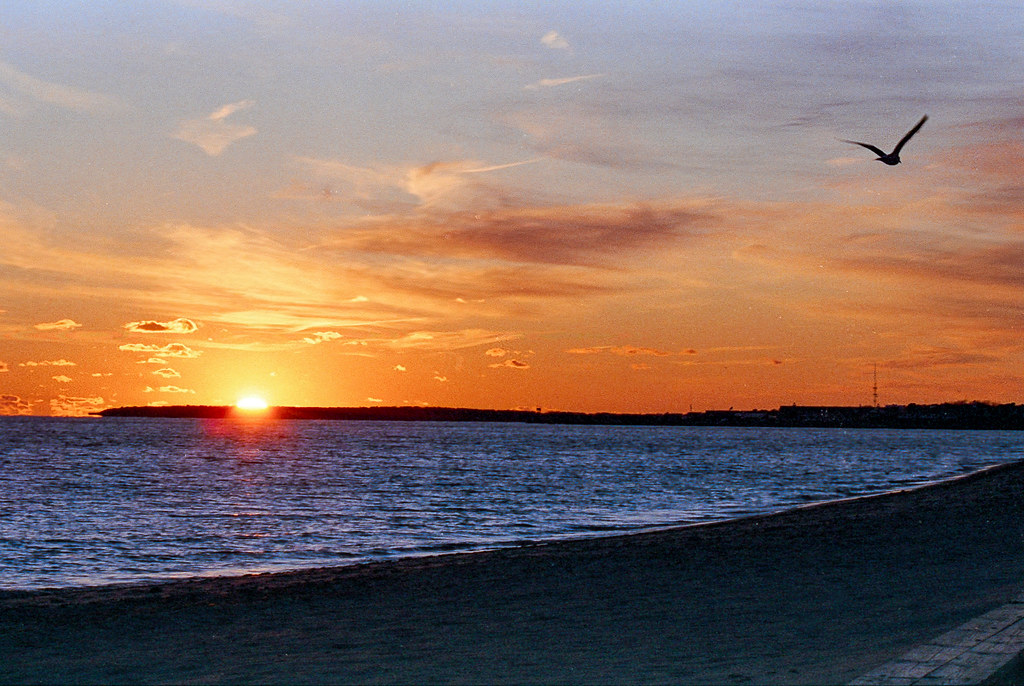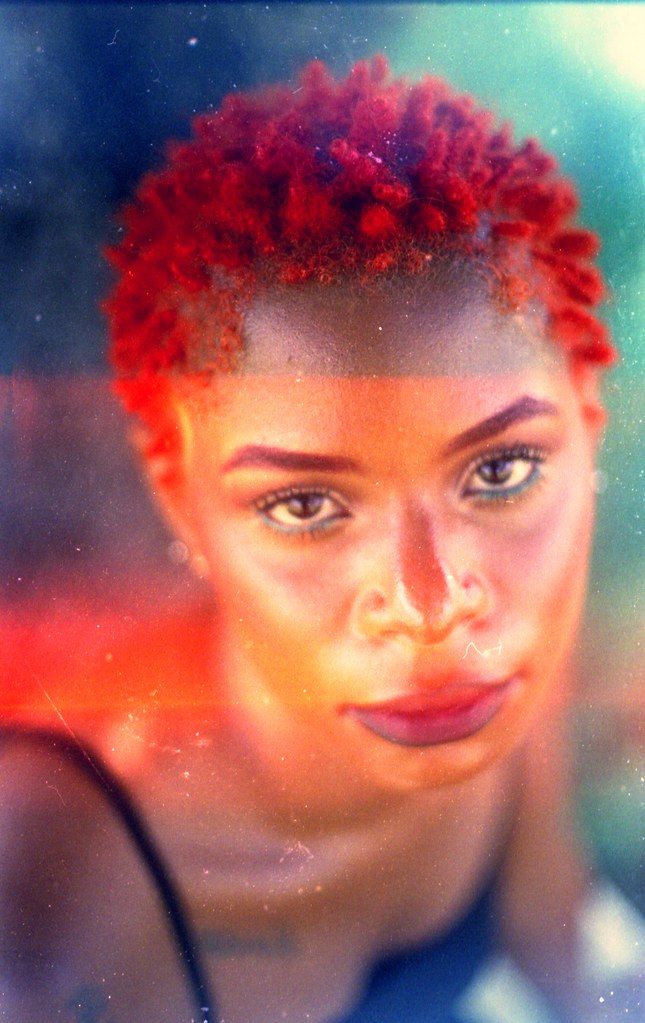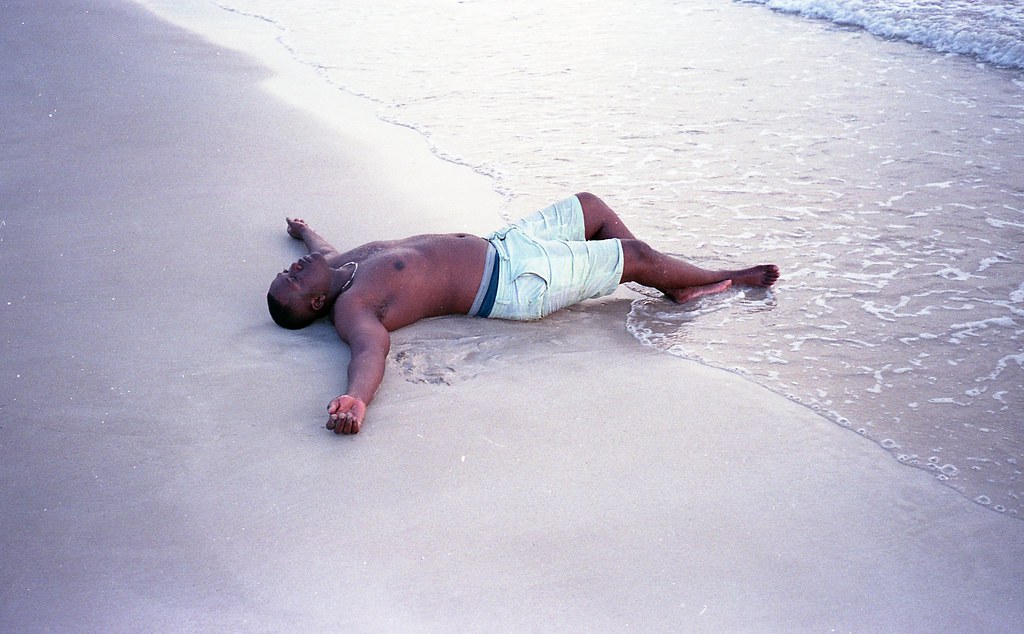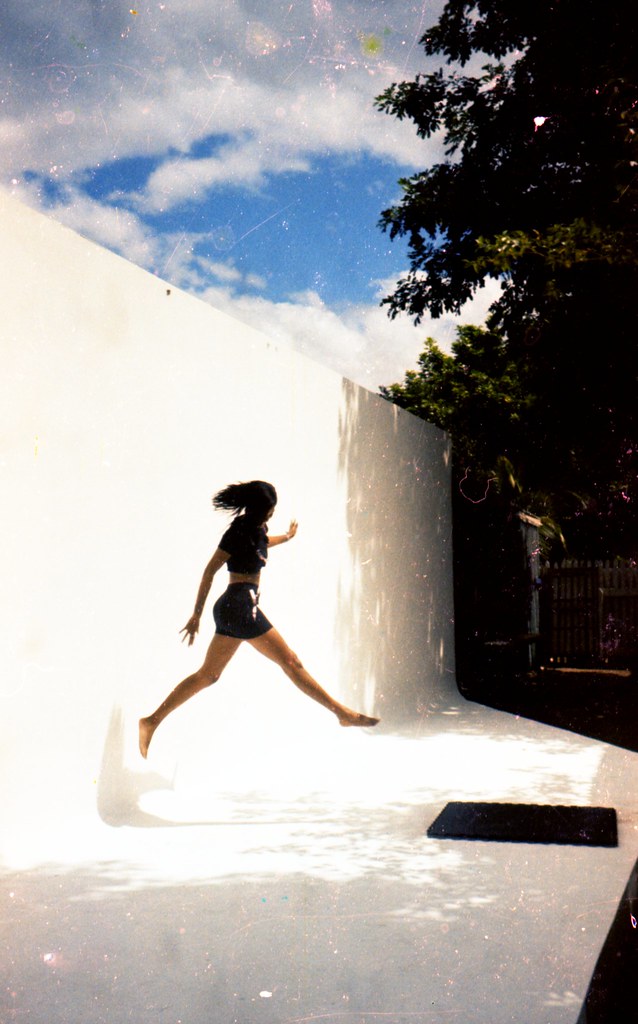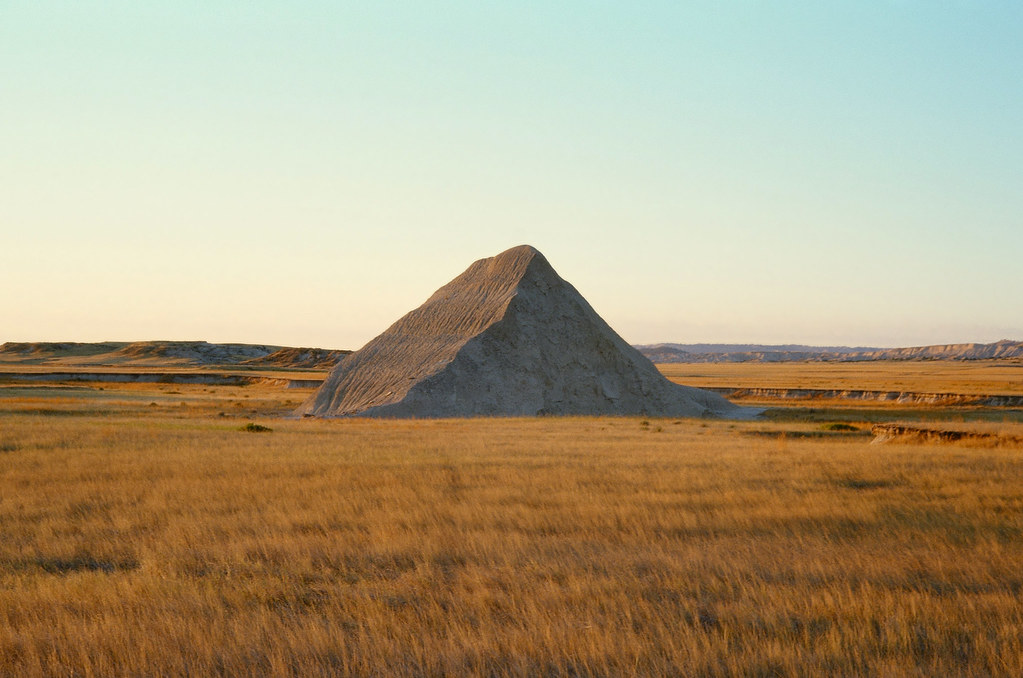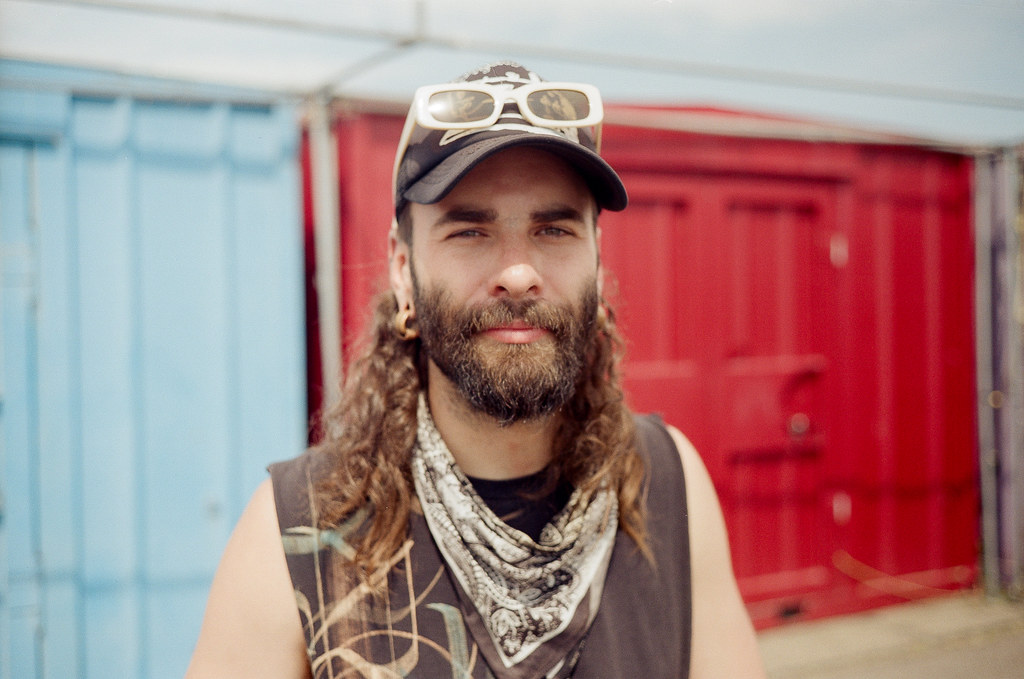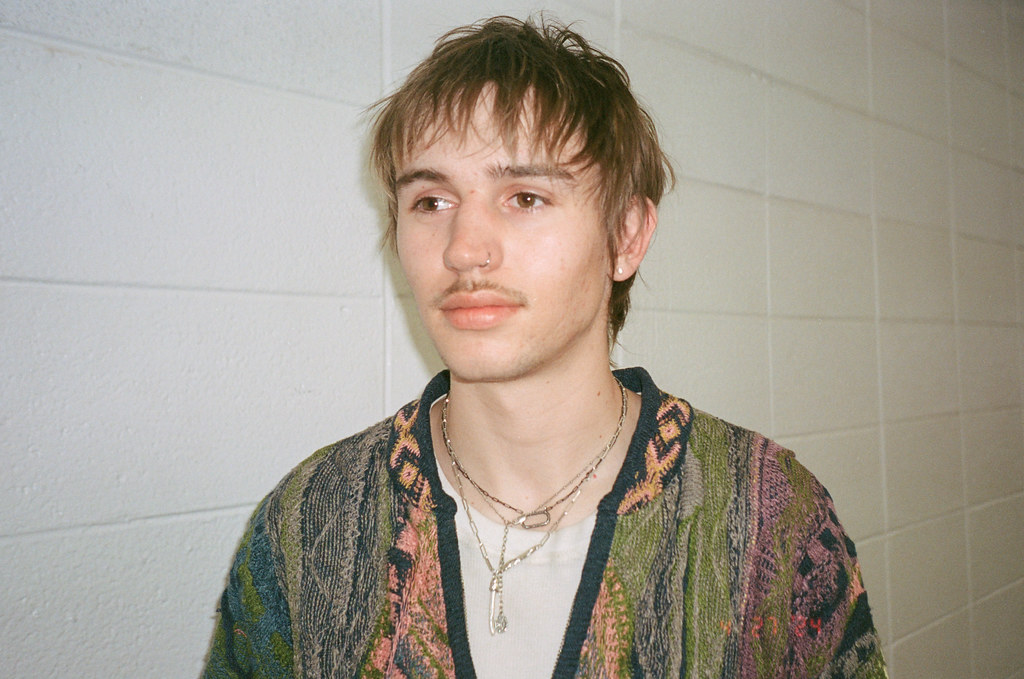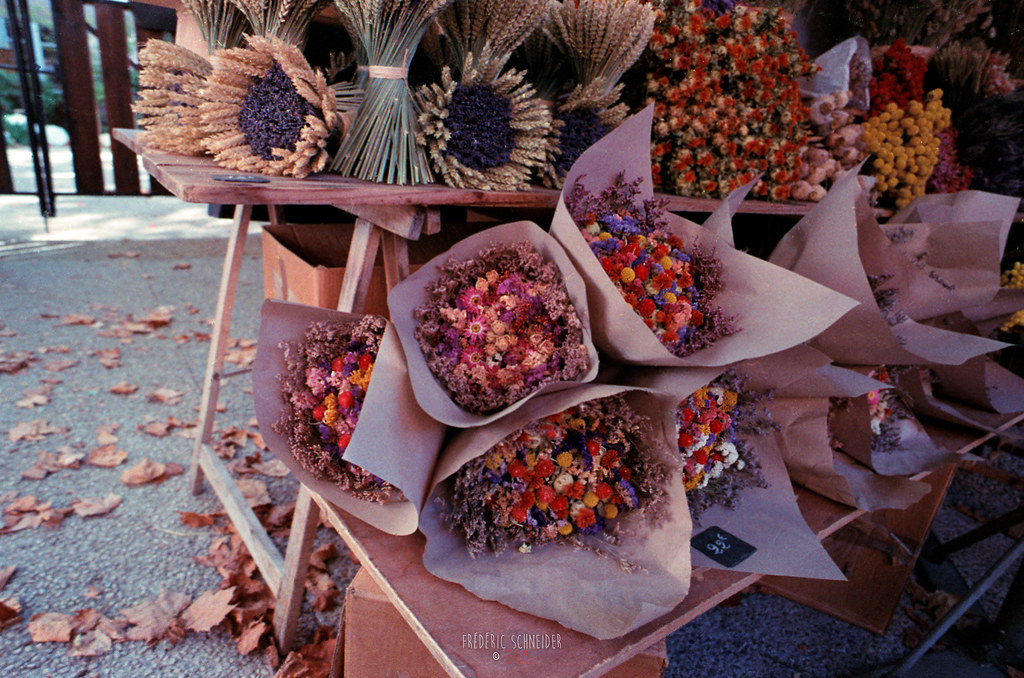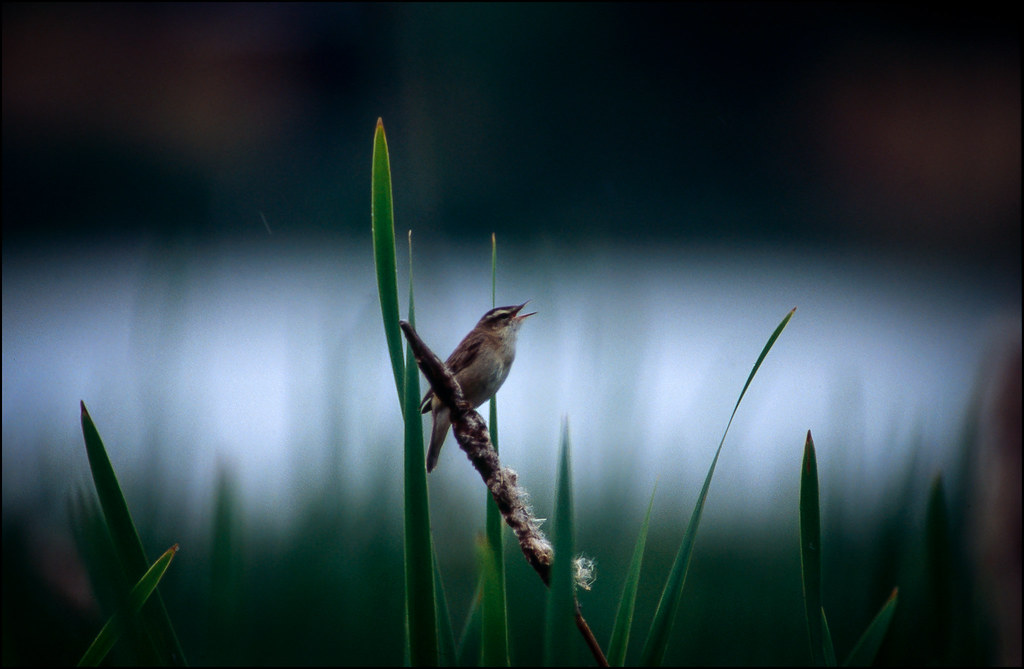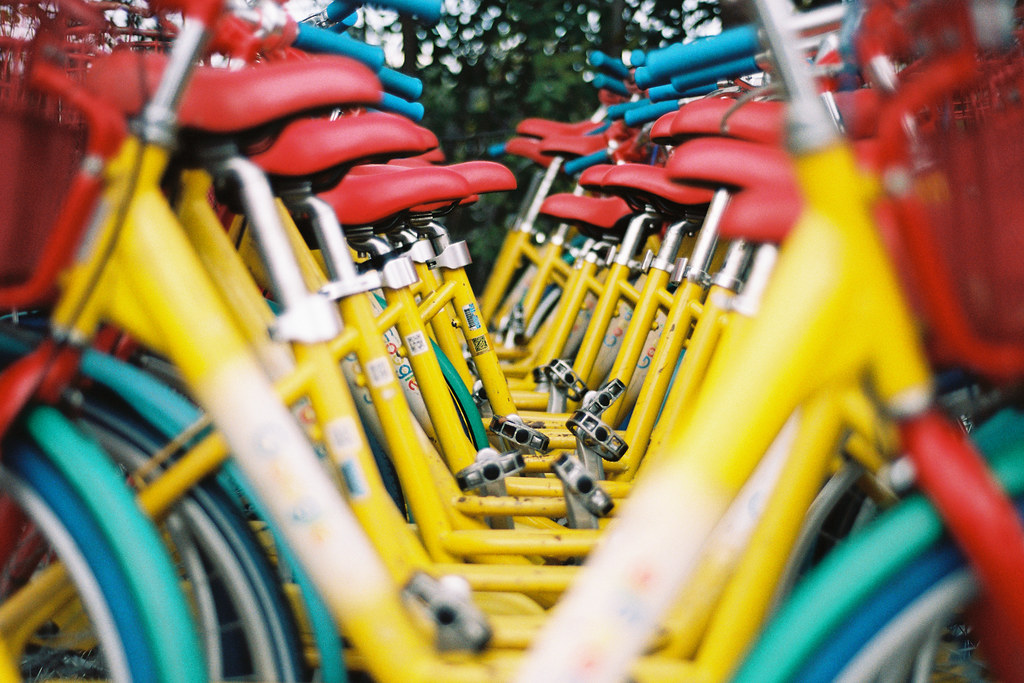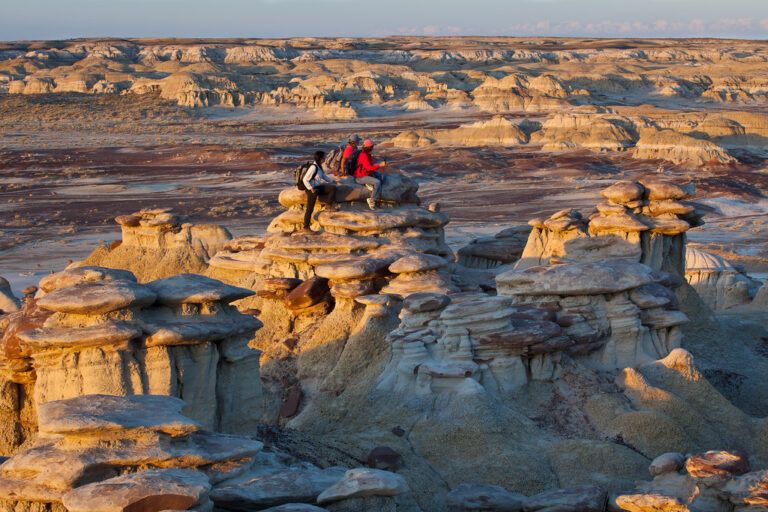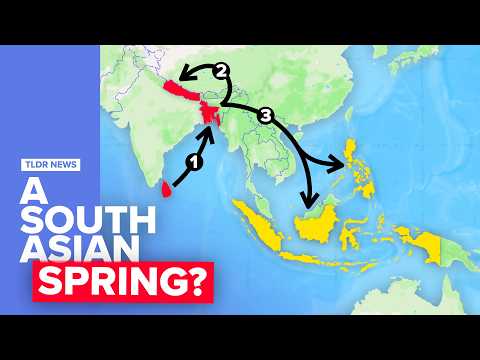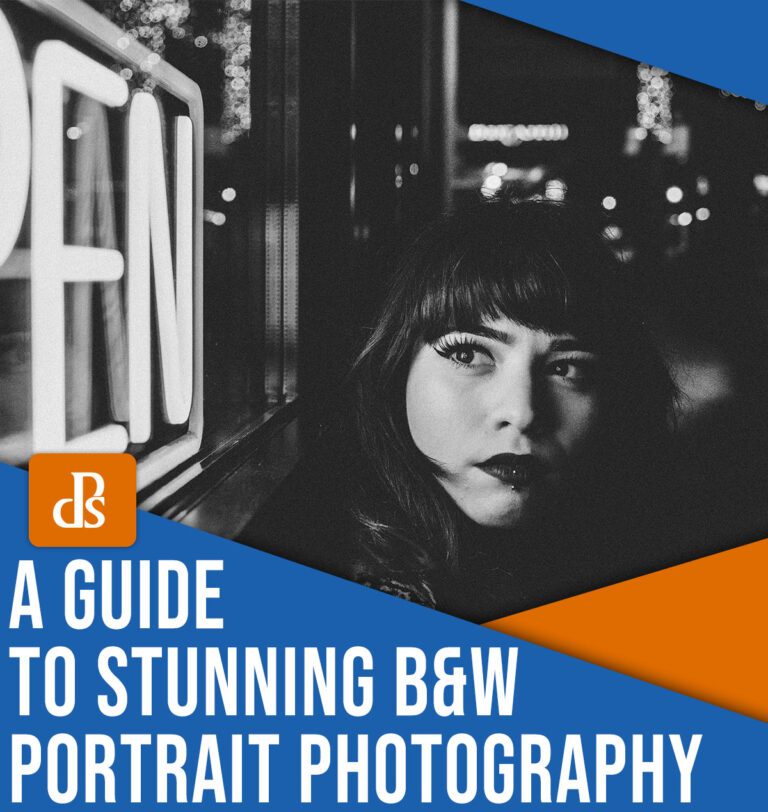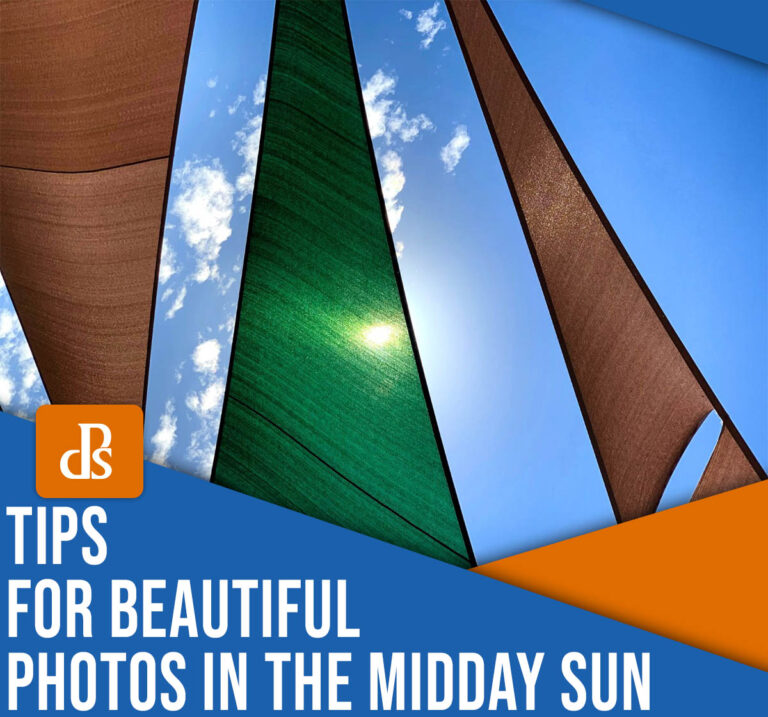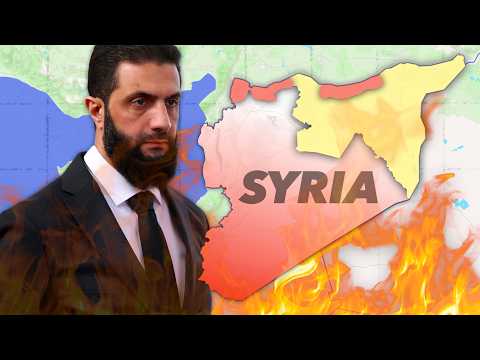Analog, 35mm, old school, whatever your preferred terminology, nothing beats the classic – film. And while digital is the go to these days, film photography is not dead! This month we’re giving film a little extra applause and…exposure…in our newest Through the Lens – Film Photography explored.
Flickr is a place for photographers and you can find film photographers aplenty here. Film focused Flickr groups are readily available for Flickr members to connect, share tips, and appreciate the art of film photography. This month we caught up with a few of those photographers to get some advice right from the sources.
Carter Brown is a longtime Flickr member and has a separate account exclusively for his film photography, which you can visit here. He’s the founder and admin of a film focused Flickr group called Analogue Photography. His group boasts over 25.5K members who have shared well over 1.5M photos since its inception. With such a love of film photography clearly fueling his work, we had a great opportunity to ask Carter some questions about shooting with film.
How did your journey into film photography begin?
I’m old enough to have started with film cameras as a teenager but quickly switched to digital cameras when they entered the market. I had all but forgotten my film days until 6 years ago when my mother gave me her Nikon FM2 film camera she once used for work. Holding that camera and playing with the lever and dials, the appeal of film photography came flooding back. I now use my film camera daily for my film photo a day project and have amassed quite a large collection of different cameras that range from 35mm to 4×5 glass plate and everything in between.
What advice would you give to someone just starting out with film photography?
If you’re just getting started, you’ll find there are many choices and price ranges when it comes to film cameras. I suggest beginning with an inexpensive and common brand to start your journey. There are also various types of film stock: black and white, color, and different brands. Try a few to discover which ones you enjoy using the most.
Familiarize yourself with your camera. Begin learning how to use the manual settings. You can always choose a camera with both automatic and manual settings to avoid feeling overwhelmed with your first roll. However, learning to use the manual settings will help you become a better photographer as you understand the relationship between f-stops and shutter speed.
Mistakes will happen, but don’t be discouraged. Each mistake is a learning opportunity on your path to becoming a better photographer.
Do you develop your own film, or do you send it to a lab?
I decided that if I was going to shoot film, I was also determined to learn how to develop it on my own. Since returning to the film medium, I have self-developed and scanned everything. Many photographers will tell you they do this to save money or have greater creative control, but honestly, I just wanted to know how to do it and be able to work on my own schedule. Did you know you can even develop film in coffee? Yes, coffee! Visit the Caffenol group on Flickr to learn more.
I’m not against sending film to a lab. Developing your own film does add another learning curve to your journey, but when you’ve photographed, developed, scanned – basically touched your photo every step of the way – it is far more satisfying when the perfect shot emerges.
Kadeem Montgomery, aka phvrvohxo on Flickr, is a film photographer who finds inspiration through his deep connection to Portmore, Jamaica, his hometown. Through his photography, his ties to community and history come to life. Kadeem said, “My lens uncovers the hidden beauty and struggles of daily life, showcasing my own personal journey as I navigate my way through the ever-changing landscapes of this dynamic city.”
What inspired you to start shooting with film?
Most of the images I liked on tumblr were shots taken on film. The mood of the photos and the feeling I had from those photos inspired me a lot. I decided I would start shooting film also because I didn’t like the thought of spending hours trying to edit on a screen the colors I could get from film. Challenging myself with the analog medium was something that I wanted to do if I were to become like the greats such as my idol William Eggleston.
How would you describe your film photography style?
I would say mundane yet vibrant. The subjects and style I want to capture are hard to come by so I try to make the boring, attractive in my photos.
What’s one of the biggest challenges you’ve faced when shooting analog?
The biggest challenge has been getting rolls of film and chemicals that I use to develop because I live in Jamaica. I have to pay shipping and customs which makes this hobby really expensive. As long as I have money in the bank I will continue to shoot analog.
Andy Bosselman is a photographer based in Denver, Colorado. A former designer, writer, and journalist, his lifelong interest in photography deepened in 2023 as an escape from harsh realities. Since then, he has been exploring different approaches, working with landscape, portraiture, and street photography in both digital and analog formats.
MinoltaCLE, 40mm f2 Rokkor, Kodak E100
What inspired you to start shooting with film?
I just turned 50, and I’ve loved photography since I was a kid, when film was the only option. After graduating college in 1997, my first big purchase was an Olympus Stylus Epic point-and-shoot, which I’m still using.
When digital arrived, I embraced it. It was great to get away from the hassles of analog. But last year, I picked up a Minolta CLE so I could hang out with the cool kids. I started going to photo walks and print swaps hosted by Beers and Cameras, Queers & Cameras, and the Denver Street Photography Facebook group. There’s definitely a little peer pressure to shoot film, but I’ve been enjoying it.
I’ve got nicer lenses for the Minolta, but I still love the spontaneity of point-and-shoot. It’s fun for parties — especially with that twitchy red-eye-reduction flash.
Minolta CLE, Minolta 40mm f2 Rokkor, Kodak Vision 3 250D
How much editing do you do after scanning your film, if any?
Post-processing is one of the biggest challenges for me right now. Whether I’m working with digital files or film scans, I struggle to get color exactly where I want it in Lightroom. YouTube has helped, but I’m planning to take an online Photoshop class through an art school extension program this summer. I’ll probably add a color theory course, too. Maybe even look into how movies are color graded. It’s not just about mastering the tools. You have to understand color on a deeper level.
Some of the photos here have a bit of green in the shadows. I’m not in love with it. But maybe that’s just Portra being Portra. Or maybe I need to tone it down. If so, I don’t know the best way to do that. For film, you’re at the mercy of whoever at the lab is operating the scanner. Again, it’s not just about the tool. It’s about the technician knowing how to add or subtract colors.
Olympus Stylus Epic, Portra 400
This group has over 46K members who have shared an impressive 2.6 million photos since its beginning back in 2007. Here you are encouraged to share your film photos and discuss all things analog. Debates about digital photography vs film photography are discouraged though. Just bring your passion for film and come together with likeminded photographers. If you find yourself agreeing with the notion that ‘Film is not Dead’, then you just may find your community here!
We hope you learned some new tips about shooting your own film photos and found some new film photographers to follow on Flickr. See you next month!
Not a Flickr member yet? Sign up today to join our community of photographers and find your inspiration.

